What Are Verifiable Documents? A Beginner's Guide to the Future of Trust
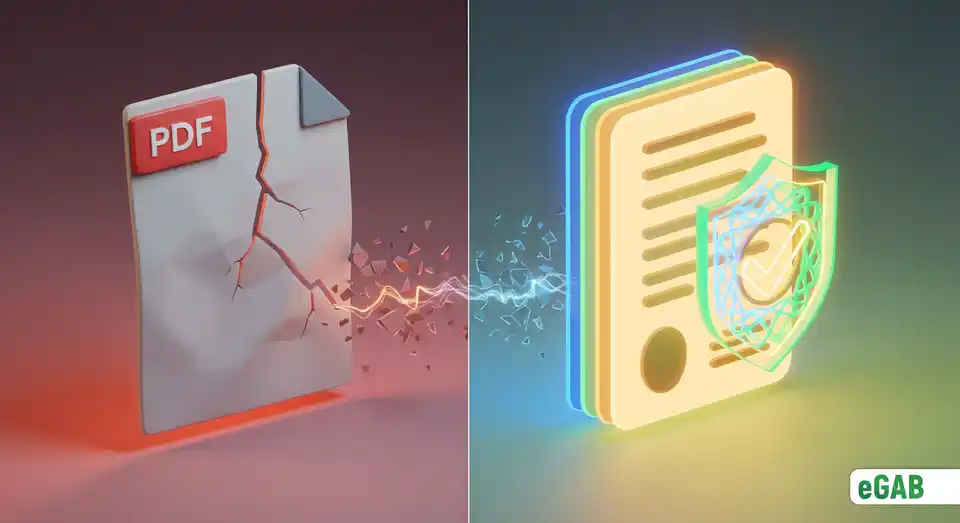
 Author:
Artem Grigoriev
Author:
Artem Grigoriev
- What Makes a Digital Document Truly Verifiable?
- How Does Modern Technology Prevent Forgery and Fraud?
- How Do Verifiable Documents Give You Back Control of Your Data?
- What Are the Key Advantages That Make Paper Obsolete?
- How eGAB Is Making Verifiable Documents the New Standard
- Summary: From Risky PDFs to Rock-Solid Proof, Your Digital Future is Secure
Think about that folder on your computer-the one filled with scanned IDs, PDF resumes, and all the digital certificates you rely on. What if I told you a surprising truth? Most of those files, which we all assume are safe, can be faked with just a few clicks. This is the exact problem that verifiable documents are designed to fix.
So, what is a verifiable document ? Often called a verifiable credential , it’s not just another digital picture of a paper certificate. It's a brand-new type of digital asset that is cryptographically secure, which makes it fundamentally tamper-proof .
How does it do that? It contains a unique digital fingerprint known as a cryptographic proof , which is a complex mathematical verification. This proof guarantees the document came from a legitimate source and confirms its contents have not been altered in any way.
In this guide, we'll walk you through what these next-generation documents are. We’ll explore how powerful technologies like blockchain make them virtually impossible to forge and explain why they truly represent the future of trust . The best part? They finally give you back control over your personal data.
📘 This post is part of our comprehensive guide to "The Problems with Paper Documents: A Complete Guide". Explore it to find answers to all your questions ;)
What Makes a Digital Document Truly Verifiable?
You probably have a folder on your computer filled with PDFs of your resume, scanned IDs, and a few digital certificates. But here’s a startling truth most of us don't realize: the majority of these digital files are incredibly easy to fake. So, how are they different, and what are verifiable credentials ? These next-generation verifiable documents are designed from the ground up to fight this kind of fraud. A standard digital file is often just an image, and isn't it unsettling that anyone with basic software can alter it? Even digitally signed PDFs, which we all assumed were secure, have been shown to have serious flaws. The conventional digital signature we're used to, often relying on public key infrastructure (PKI) , isn't always enough to stop sophisticated fakes. These PDFs can be attacked in ways that change a document's content, and the worst part is that the signature often remains valid, making the tampering completely invisible. This is a critical weakness detailed in ongoing research by institutions like Ruhr University Bochum on PDF signature vulnerabilities .
So, what makes a document cryptographically secure? The secret lies in its cryptographic proof -a unique digital fingerprint that's mathematically secured. You can think of this as its cryptographic proof of authenticity . The easiest way to picture this is like a high-tech, tamper-proof digital seal that's completely unique to your document. This seal creates an unbreakable and independently verifiable link (a connection anyone can check for themselves) that directly connects the document to whoever issued it-whether that's a university, a government agency, or an employer. It’s not just a simple claim that it's authentic; it's a mathematical guarantee proving the document is real and its data hasn't been touched.
This brings up a crucial question: how are verifiable credentials different from a PDF? Here’s the real game-changer: while a paper certificate or a PDF requires someone to call the issuer and wait for manual confirmation, a verifiable document empowers anyone with permission to check its authenticity instantly and automatically. In a world where digital fraud is exploding, this is a massive leap forward. According to industry reports, a shocking 57.5% of all forgery attempts are now digital forgery , marking a staggering 244% increase since 2023. This means that having a layer of cryptographic security is no longer just a nice-to-have feature; it’s an absolute necessity.
Why It Matters: A verifiable document doesn't just represent an achievement; it proves it. Its cryptographic seal transforms verification from a slow, manual, and error-prone process into an instant, automated one, making trust the new digital standard.
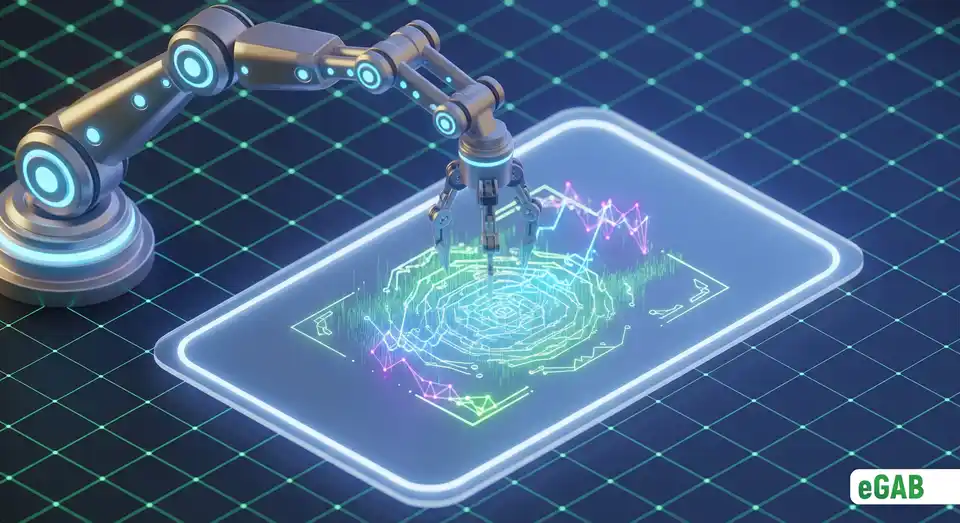
How Does Modern Technology Prevent Forgery and Fraud?
So, how do you make a simple digital file so secure that it's nearly impossible to forge? This is the core challenge in figuring out how to prevent document fraud . The answer lies in decentralized technologies -systems that work without a single, central authority. You’ve probably heard of the most famous example: specialized blockchains, also known as decentralized ledger technology (DLT) . This tech is the very heart of modern blockchain document verification . Instead of storing a document's proof on one hackable server, this technology creates an immutable record of its issuance-one that's permanent and can't be changed.
So, how exactly does blockchain technology prevent fraud? Here’s a simple breakdown of how it works. When an institution issues you a verifiable document, it records a transaction on a distributed public ledger, which is like a shared database copied across thousands of computers. This transaction contains the document's cryptographic proof and is often linked to decentralized identifiers (DIDs) , which give you a permanent, independent identity on the network. This creates a permanent, unchangeable, and transparent audit trail that anyone can see. Think of it like carving a record into a stone tablet that is instantly copied and held by thousands of independent people at once. You simply can't change or delete that record without getting the entire network to agree, making any kind of tampering practically impossible.
This technology is a direct counterattack on the global digital forgery crisis-a problem that has exploded into a massive industry. Market analysts estimate it was worth a staggering $22 billion in 2022, a huge jump from just $1 billion back in 2015. By spreading the record across a huge network, the system gets rid of the "single point of failure"-the critical weakness that plagues traditional, centralized databases where all data is kept in one place. There's no central server to hack, no single database to corrupt, and no lone administrator who can manipulate the data. By decentralizing trust and placing it in the network itself instead of a single company, the network guarantees the document's integrity. This completely removes the need for a costly middleman to verify its history. This is, without a doubt, the future of digital trust .
Quick Insight: With decentralization, there's no "master copy" for a hacker to target. Security and trust are woven directly into the network's fabric, making it exponentially more resilient to hacks, data loss, and insider threats than any system we've ever had.
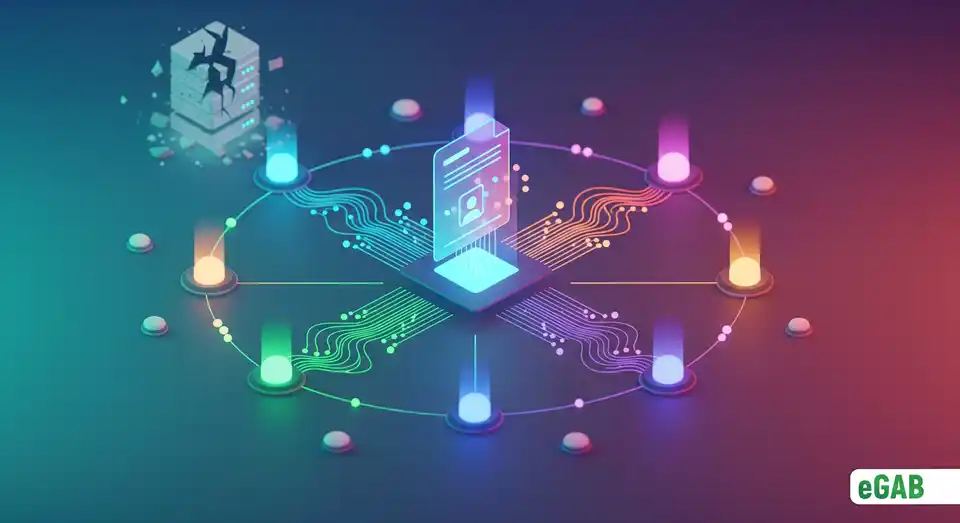
How Do Verifiable Documents Give You Back Control of Your Data?
For decades, the documents that define your life-like your diploma, birth certificate, or professional licenses-have been kept out of your hands. Institutions have held them under their control. If you ever needed to share a copy, you had to ask for their permission and play by their rules. So, how do I get control of my digital data? Verifiable documents are here to completely flip this outdated, institution-first model on its head.
These new credentials are issued directly to your personal and secure digital wallet for credentials (think of it as a secure app on your phone or computer for managing your digital credentials). This simple but powerful change shifts ownership from the institution to you, giving you true digital identity ownership . This new paradigm is called Self-Sovereign Identity (SSI) -the idea that you should control your own digital identity. It's a concept now being standardized by groups like the W3C in its Verifiable Credentials Data Model . But what is Self-Sovereign Identity (SSI)? It’s a revolutionary but simple idea: you, and only you, should have the final say over your identity records and achievements. This model of decentralized identity is the key to smarter digital identity management . Fully compliant with modern data privacy laws like GDPR , the SSI model puts you firmly in the driver's seat.
With your achievements held securely as Verifiable Credentials in your digital wallet, you get to decide who sees them, for what reason, and for how long. For example, what if you need to prove you graduated from a university but don't want to share your grades or home address? With a powerful feature called selective disclosure (the ability to share only specific pieces of information), you can do exactly that. This lets you share only the necessary sliver of information without handing over the entire document, ensuring you don't expose more personal data than you're comfortable with. You're no longer asking for access; you're granting it on your own terms.
Takeaway: Self-Sovereign Identity isn't just a technical term; it's your declaration of digital independence and data ownership . It means your achievements belong to you, and you alone have the power to manage, share, and protect them.
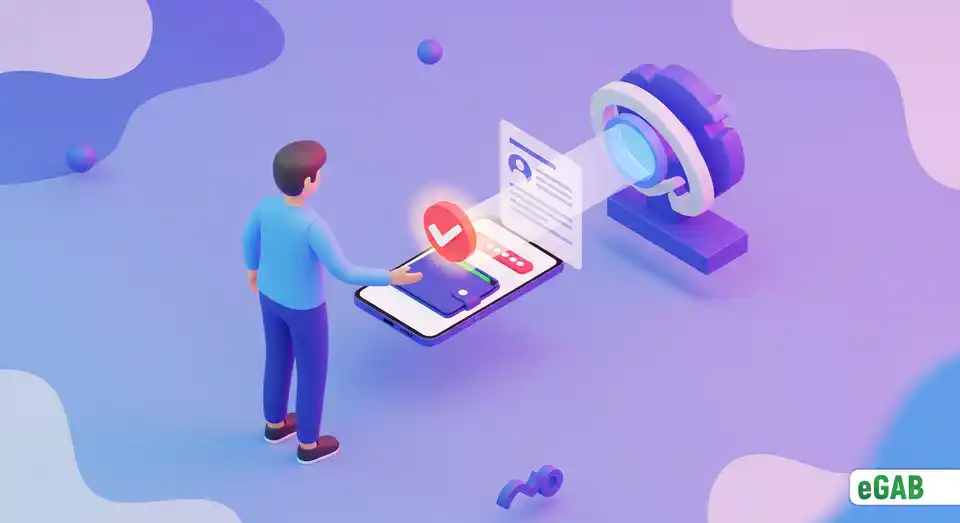
What Are the Key Advantages That Make Paper Obsolete?
Verifiable documents aren't just a minor upgrade; they're a fundamental shift that makes traditional paper-based systems look practically ancient. The benefits are so huge they improve every part of how we handle information, affecting everything from cost and speed to security and even our impact on the planet. So, what are the real advantages of verifiable documents over paper ?
First and foremost, you get instant verification . The process of checking if a document is legit, which used to take days or even weeks, is now over in mere seconds. For businesses, this stops costly hiring delays, which studies show can cost a company $500–$1,000 per day for its most important roles. And this incredible speed is powered by superior security . The unique mix of cryptographic proofs and decentralized ledgers makes these digital credentials virtually impossible to forge. In fact, some systems can even use advanced cryptography like zero-knowledge proofs (ZKP) to prove a fact is true without ever revealing the underlying data. This technology directly solves a massive problem, since the latest industry data shows that nearly one in three job applicants misrepresent their academic credentials.
Your official records also gain global accessibility and portability . Stored safely in your digital wallet, they’re available 24/7 from anywhere, which gets rid of the risk of them being lost, stolen, or damaged, creating a truly disaster-proof document strategy. So, what is an example of a verifiable document? Think about a digital university diploma that you can share with an employer with a single click, or a professional license you can present instantly on your phone. This digital shift also dramatically reduces the hidden costs and waste by cutting out all the expenses tied to printing, mailing, and storing physical documents. This is a huge deal, as the environmental footprint of paper is significant, with EPA estimates showing it makes up about 26% of the total solid waste in our landfills.
Plus, this technology eliminates document loss . We’ve all felt that sinking panic when you can’t find an important paper. In old-school systems, a staggering 7.5% of all documents are lost forever. Going digital not only saves the estimated $125 it costs to find a misfiled document-a chaos that a practical guide to organizing your filing system can solve-but also saves the $350-$700 it costs to reproduce a lost one.
In turn, this boosts productivity , a key benefit considering how much time employees waste on paperwork. Just think of all the time wasted simply looking for information. Research from the McKinsey Global Institute indicates knowledge workers spend nearly 20% of their work week doing just that.
Finally, it saves on storage , eliminating the high real estate cost of document storage. The overhead costs and hidden risks of keeping physical files are simply enormous. A single four-drawer filing cabinet can cost an estimated $25,000 to fill and another $2,100 a year just to maintain. This makes physical storage a shocking 141 times more expensive than today's digital alternatives. When you consider all of these benefits, it’s easy to see why so many people are asking: are verifiable documents the future of identity?
Next Step: Imagine a world where you never again have to tear your house apart looking for a lost certificate or pay for a replacement transcript. This isn't some distant fantasy. By embracing verifiable credentials , we can start building a more efficient, secure, and trustworthy system for everyone, starting today.
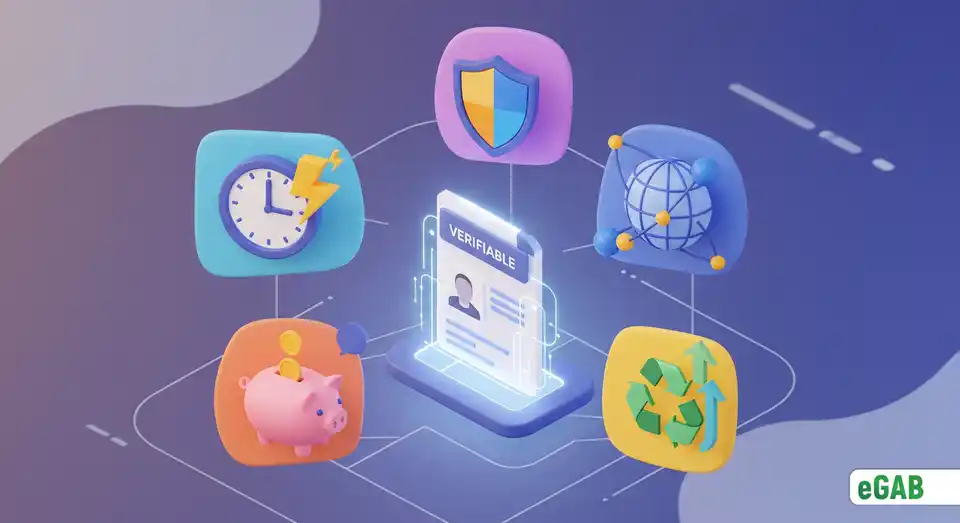
How eGAB Is Making Verifiable Documents the New Standard
For years, you've heard the buzzwords: " verifiable credentials " and " Self-Sovereign Identity ." They’ve always been exciting concepts, but mostly just that-concepts. eGAB is where that theory becomes a powerful and accessible reality. It puts verifiable document theory into practice, giving any organization a platform to start issuing, managing, and verifying documents with cryptographic certainty.
eGAB moves beyond abstract ideas by offering a ready-to-deploy solution that uses blockchain and NFTs to create tamper-proof digital originals. Whether you're handling academic credentials, professional certificates, or official records, the platform demonstrates the real-world value of this technology every day.
By creating instant trust between parties, drastically reducing fraud, and giving individuals true ownership over their personal data and achievements, eGAB isn't just participating in the future of digital identity -it's actively building it. It’s turning a revolutionary concept into the new global standard.
Why This Matters: The shift to verifiable documents is as significant as the shift from the printing press to the internet. eGAB is at the forefront of this transformation, providing the tools and the framework to build a more trustworthy, efficient, and equitable digital world for everyone.
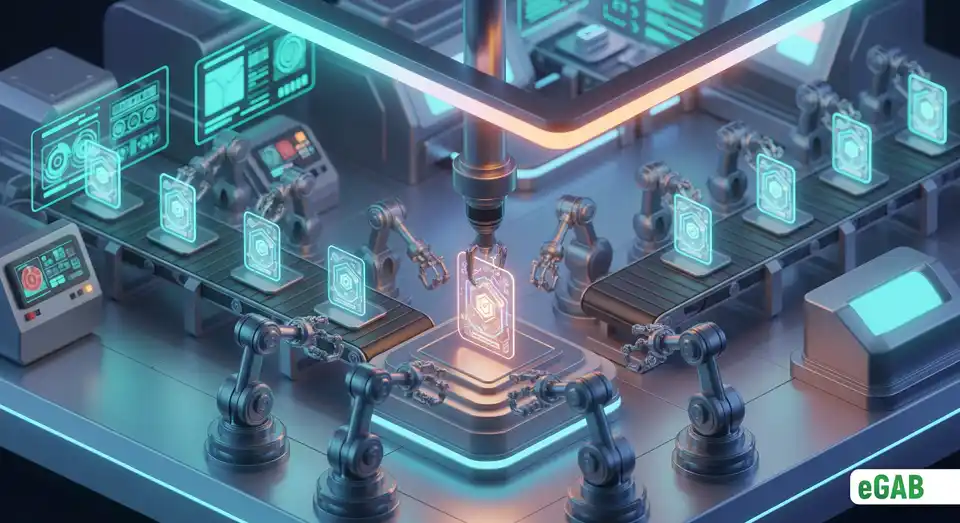
Summary: From Risky PDFs to Rock-Solid Proof, Your Digital Future is Secure
So, what's the bottom line? We're on the edge of a huge shift, moving away from the fragile, easy-to-fake digital files you've been forced to trust for years. The message couldn't be clearer: in a world where digital fraud is everywhere, a standard PDF or a simple scan just doesn't cut it anymore.
Verifiable documents are the solution. They work by adding a cryptographic proof -a unique, tamper-proof digital seal. This seal mathematically guarantees that your document is authentic and ties it directly to the institution that issued it.
But this isn't just another digital signature. It’s a foundational layer of trust built on decentralized technologies like blockchain. This creates an immutable record -a permanent, unchangeable log-of when your credential was issued. That record is practically impossible to change or hack. By spreading this proof across a distributed network, we get rid of the single point of failure that makes old-school systems so incredibly vulnerable.
The revolution doesn't stop with security, though. The most empowering change is how verifiable documents completely redefine ownership. By moving your credentials out of siloed institutional databases and into your own personal digital wallet , the power shifts directly into your hands.
This is the core idea behind Self-Sovereign Identity (SSI) . Put simply, SSI is a framework that puts you in the driver's seat of your digital identity. You get total control over your own achievements and personal records.
It also gives you powerful features like selective disclosure . That’s your ability to share only the specific information you want to. For instance, you can prove you graduated on a certain date without revealing anything else. This puts you in complete command of your privacy.
When you put it all together, the benefits make traditional paper and digital files completely obsolete. We’re talking about a future with instant verification , cutting processes that took weeks down to just seconds. You get superior security that makes forgery a thing of the past and true global portability for your most important life achievements.
This massive shift also eliminates the huge costs of printing, mailing, and storing physical files. And let's not forget, it ends that feeling of pure panic when you think you've lost an irreplaceable certificate.
By boosting productivity and delivering rock-solid, mathematically provable trust, verifiable credentials aren't just a new kind of file. They're the very foundation for a more efficient, secure, and user-focused future.
➡️ Let's bring it full circle. Now that you understand the solution, revisit the challenge. A deeper look at the complete guide to problems with paper documents will reinforce the value of this new technology.
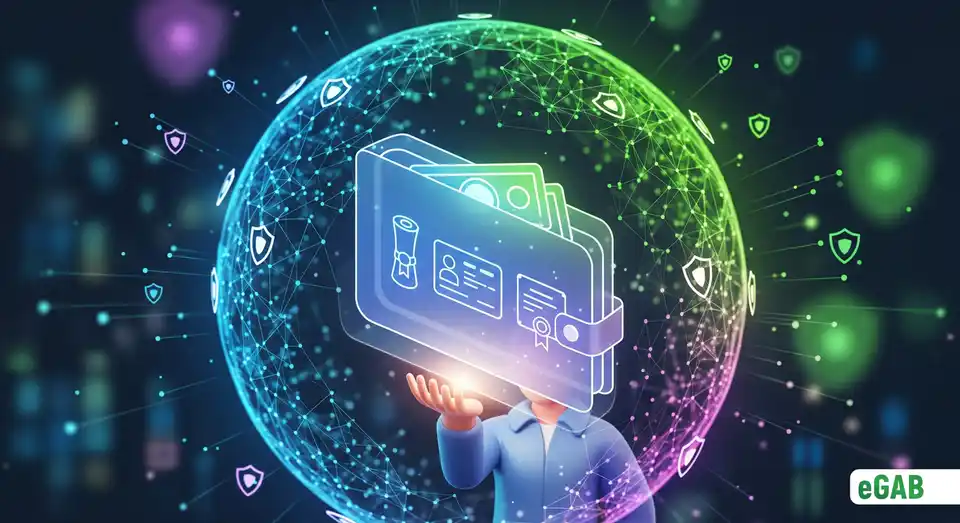
Why an In-House Credential Verification System Is a Mistake for Universities
The Anatomy of a Fake: A Deep Dive into Modern Document Forgery
Verifying International Diplomas: Why It’s Broken and How to Fix It
The Hidden Risks of Your Archive: A Guide to Secure Document Storage
The True Cost of Paper Documents: Calculating the Hidden Expenses in Your Document Workflow
